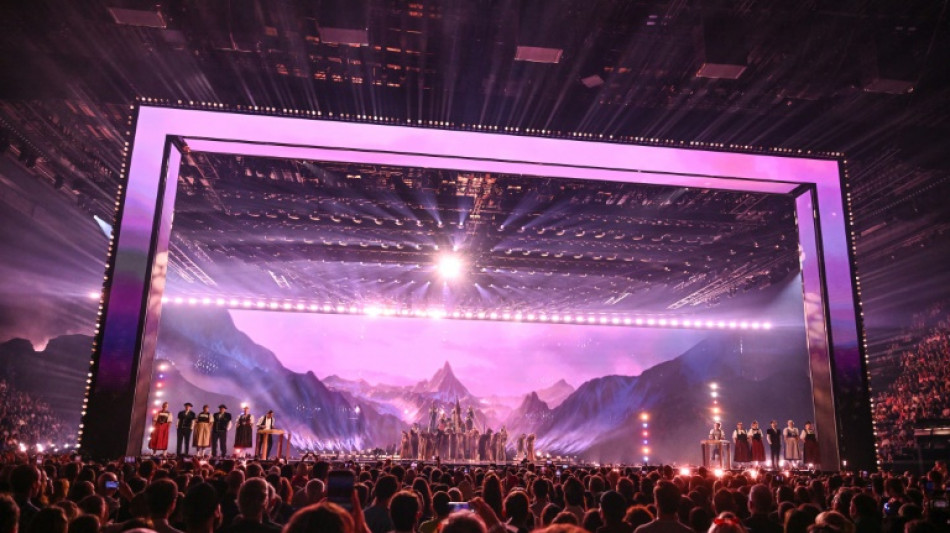
-
 Australian A-League side Western United stripped of licence
Australian A-League side Western United stripped of licence
-
'Back home': family who fled front buried after Kyiv strike
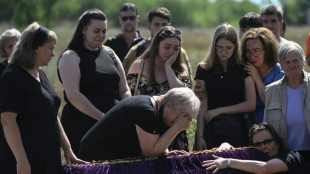
-
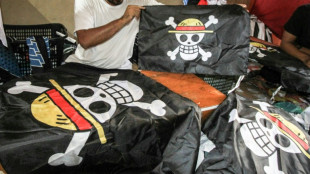 Indonesia cracks down on pirate protest flag
Indonesia cracks down on pirate protest flag
-
Israeli army will 'take control' of Gaza City: PM's office
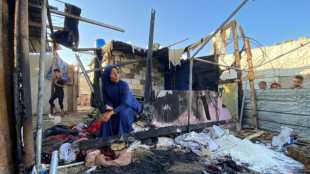
-
 Australian mushroom murderer accused of poisoning husband
Australian mushroom murderer accused of poisoning husband
-
Coventry's mettle tested by Russian Olympic debate, say former IOC figures
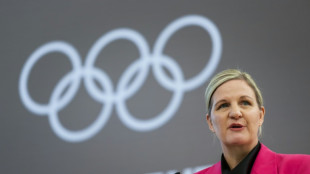
-
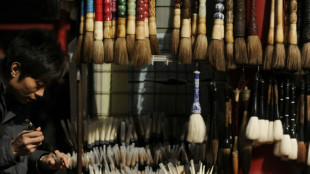 Library user borrows rare Chinese artwork, returns fakes: US officials
Library user borrows rare Chinese artwork, returns fakes: US officials
-
Parisians hot under the collar over A/C in apartments
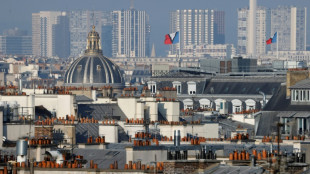
-
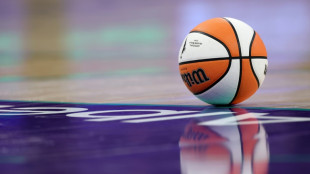 Crypto group reportedly says it planned sex toy tosses at WNBA games
Crypto group reportedly says it planned sex toy tosses at WNBA games
-
American Shelton tops Khachanov to win first ATP Masters title in Toronto
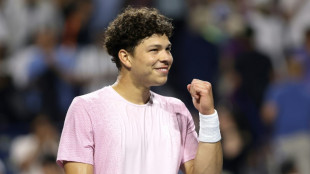
-
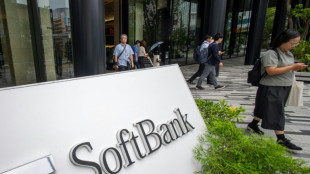 Tokyo soars on trade deal relief as Asian markets limp into weekend
Tokyo soars on trade deal relief as Asian markets limp into weekend
-
New species teem in Cambodia's threatened karst
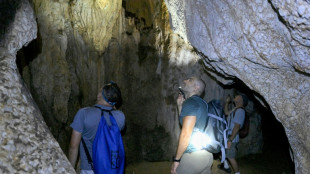
-
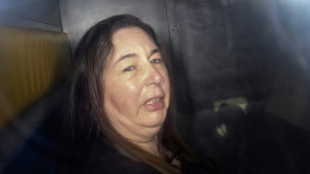 Australian mushroom murderer accused of poisoning husband: police
Australian mushroom murderer accused of poisoning husband: police
-
Solid gold, royal missives and Nobel noms: how to win Trump over
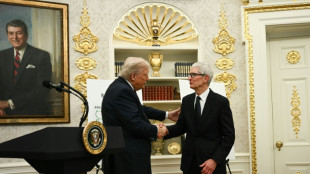
-
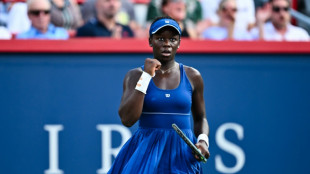 Canadian teen Mboko outlasts Osaka to win WTA Montreal crown
Canadian teen Mboko outlasts Osaka to win WTA Montreal crown
-
Trump to host Armenia, Azerbaijan for historic 'Peace Signing'

-
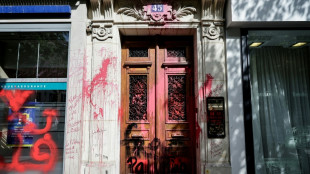 Israeli airline's Paris offices daubed with red paint, slogans
Israeli airline's Paris offices daubed with red paint, slogans
-
US raises bounty on Venezuela's Maduro to $50 mn
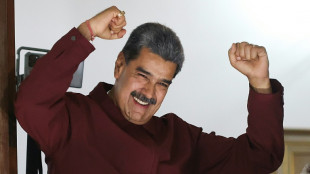
-
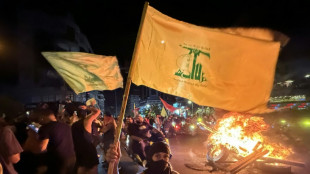 Lebanon cabinet meets again on Hezbollah disarmament
Lebanon cabinet meets again on Hezbollah disarmament
-
France's huge wildfire will burn for days: authorities

-
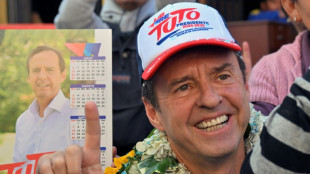 Bolivia right-wing presidential hopeful vows 'radical change'
Bolivia right-wing presidential hopeful vows 'radical change'
-
Trump says would meet Putin without Zelensky sit-down

-
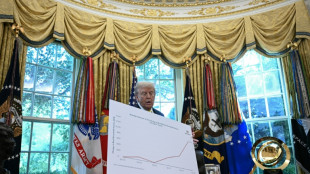 Trump offers data to justify firing of labor stats chief
Trump offers data to justify firing of labor stats chief
-
Bhatia leads by one at PGA St. Jude, Scheffler five adrift
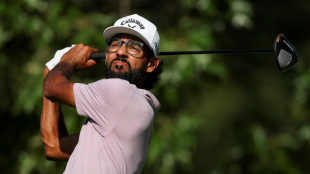
-
 Disney settles Trump-supporting 'Star Wars' actor lawsuit
Disney settles Trump-supporting 'Star Wars' actor lawsuit
-
Trump moves to kill $7 billion in solar panel grants
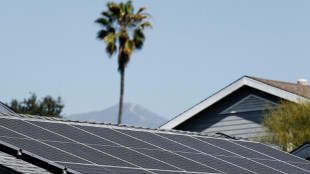
-
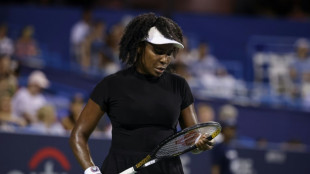 Venus Williams falls at first hurdle in Cincinnati
Venus Williams falls at first hurdle in Cincinnati
-
Mixed day for global stocks as latest Trump levies take effect

-
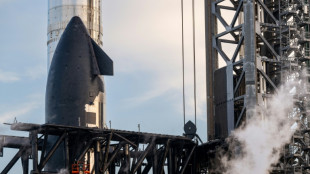 SpaceX agrees to take Italian experiments to Mars
SpaceX agrees to take Italian experiments to Mars
-
US judge orders temporary halt to new 'Alligator Alcatraz' construction
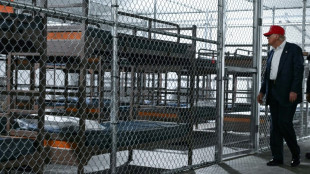
-
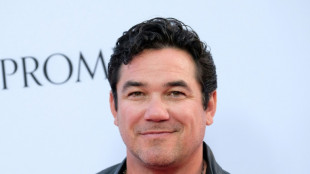 US uses war rhetoric, Superman to recruit for migrant crackdown
US uses war rhetoric, Superman to recruit for migrant crackdown
-
US to rewrite its past national climate reports
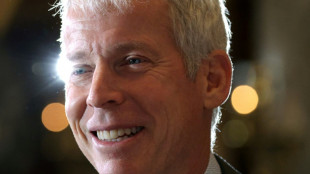
-
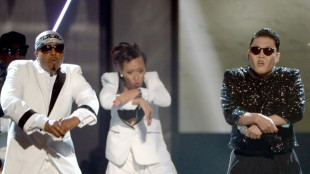 U can't pay this: MC Hammer sued over delinquent car loan
U can't pay this: MC Hammer sued over delinquent car loan
-
WHO says nearly 100,000 struck with cholera in Sudan
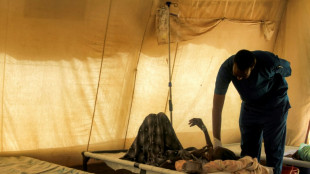
-
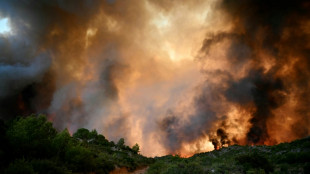 Huge wildfire in southern France now under control
Huge wildfire in southern France now under control
-
Kane scores as Bayern thump Spurs in pre-season friendly

-
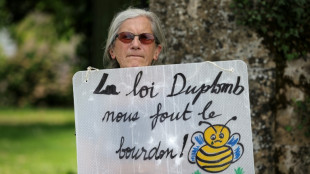 France strikes down return of banned bee-killing pesticide
France strikes down return of banned bee-killing pesticide
-
Canada sends troops to eastern province as fire damage grows
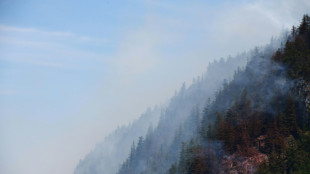
-
 OpenAI releases ChatGPT-5 as AI race accelerates
OpenAI releases ChatGPT-5 as AI race accelerates
-
Plastic pollution treaty talks deadlocked
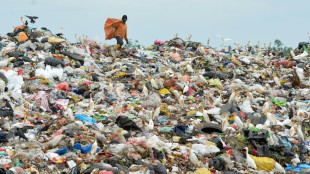
-
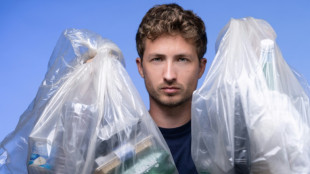 A French sailor's personal 'Plastic Odyssey'
A French sailor's personal 'Plastic Odyssey'
-
Netanyahu says Israel to control not govern Gaza
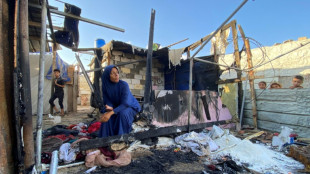
-
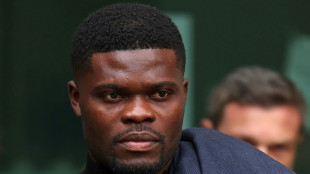 Partey signs for Villarreal while on bail for rape charges
Partey signs for Villarreal while on bail for rape charges
-
Wales have the talent to rise again, says rugby head coach Tandy

-
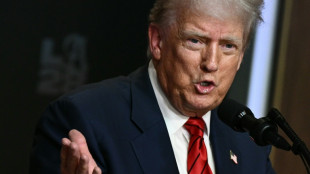 US partners seek relief as Trump tariffs upend global trade
US partners seek relief as Trump tariffs upend global trade
-
Five England players nominated for women's Ballon d'Or

-
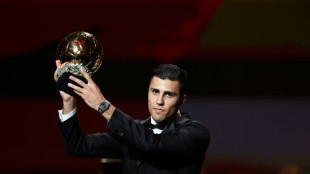 PSG dominate list of men's Ballon D'Or nominees
PSG dominate list of men's Ballon D'Or nominees
-
Americans eating (slightly) less ultra-processed food
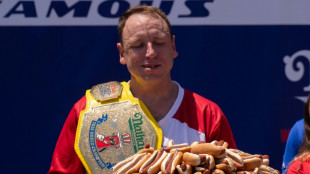
-
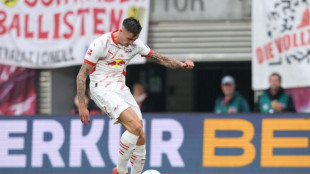 Man Utd agree 85m euro deal to sign Sesko: reports
Man Utd agree 85m euro deal to sign Sesko: reports
-
France to rule on controversial bee-killing pesticide bill
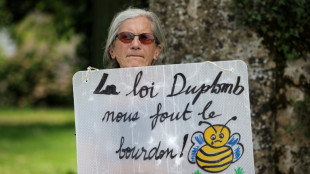
| RBGPF | -5.79% | 71.84 | $ | |
| RYCEF | -0.42% | 14.44 | $ | |
| BTI | 0.51% | 56.69 | $ | |
| CMSC | 0.04% | 22.96 | $ | |
| CMSD | -0.09% | 23.52 | $ | |
| BCC | 0.32% | 83.19 | $ | |
| RIO | 1.12% | 60.77 | $ | |
| SCS | 0.06% | 16 | $ | |
| NGG | -0.31% | 72.08 | $ | |
| SCU | 0% | 12.72 | $ | |
| RELX | 1.03% | 49.32 | $ | |
| VOD | -0.36% | 11.26 | $ | |
| JRI | 0.52% | 13.41 | $ | |
| BP | 0.91% | 34.19 | $ | |
| GSK | 2.21% | 37.58 | $ | |
| BCE | 2.23% | 23.78 | $ | |
| AZN | 1.3% | 74.57 | $ |

Eurovision stage a dynamic 3D 'playground': producer
The Eurovision Song Contest's groundbreaking stage, built in a race against time, is a hi-tech playground for artists performing at the world's biggest live music TV event, its producer told AFP.
The stage is a behemoth that works like a Swiss army knife, with multiple possibilities to bring 37 very different three minute performances to life, said Eurovision co-executive producer Moritz Stadler.
The annual television extravaganza's grand final on Saturday, and the semi-finals on Tuesday and Thursday, take place at the St. Jakobshalle arena in the Swiss city of Basel.
The stage juts out into the arena, with the 6,500 audience on three sides, close up to the dazzling show of lasers, lights and state-of-the-art backdrops.
"It's an atypical stage because it's quite iconic: it has never existed in this format," Stadler said as the 69th Eurovision got under way.
"It's a stage that's in the whole arena, in both directions: there's no front, no back on this stage. There's an iconic frame in the middle of the arena.
"We've noticed above all that countries are using the entire stage, and all the features. It means they've really found a playground that suits them."
Stadler said the Swiss Broadcasting Corporation, the host broadcaster, had put together a stage set "like a Swiss army knife".
"There are countless combinations and possibilities on this stage," and competitors "have to get to grips with this".
- Like Swiss clockwork -
Stadler said the staging had pushed the performers to stretch their imaginations.
To win, "everyone has to surpass themselves and make the most of all these possibilities", he said.
The competing countries "have increased their creativity and ideas tenfold, and have even pushed the possibilities of this stage further than our teams had imagined", elevating their performances to "simply astounding" levels.
Some 500 people worked day and night over two and a half weeks to build the stage on time.
"The biggest challenge is time. That is to say, it is a behemoth of Eurovision production. It's incredibly complex," said Stadler.
"But in Switzerland, we know watchmaking and it worked very well."
He said Eurovision had developed into a giant production, with today's over-the-top TV feast a world away from the first radio-focused Eurovision in a Swiss theatre in Lugano in 1956. There were seven competing singers and an orchestra.
Europe's public service broadcasters "co-produce the biggest musical event in the world. If you had this idea today, you wouldn't be able to start it," said Stadler.
An expected 160 million to 200 million viewers will watch the final, while around 1.2 billion interactions on social networks are anticipated.
- 3D frame of light -
Set designer Florian Wieder said the relatively small size of the arena -- in Eurovision terms -- meant the set could not be hung from the ceiling.
Instead, everything is ground-supported by four disguised towers: two behind the video wall and two forming the front-of-stage frame.
"We have a box of technical toys... we always try not to use all the toys at the same time, because that would be a total overload," he told a press conference.
Wieder said everything which works live in the arena will also come across on television: particularly the energy and the audience connection.
Lighting designer Tim Routledge said the set meant he could create a "three-dimensional frame of light using real clever, punchy equipment. So therefore we can make a scene disappear... in a heartbeat," he said.
"We have these really cool... huge epic waves of light, which makes it look like we're bending light -- which is technically impossible."
The set features 22 broadcast cameras, 4,500 lighting fixtures, 100 pyrotechnic positions, and eight kilometres (4.5 miles) of fibre optic cable.
Stage prop changes, performed by a crew of 30 people, take 42 seconds.
The set contains 750 square metres (8,000 square feet) of LED video wall, and 200 square metres of LED floor.
C.AbuSway--SF-PST
